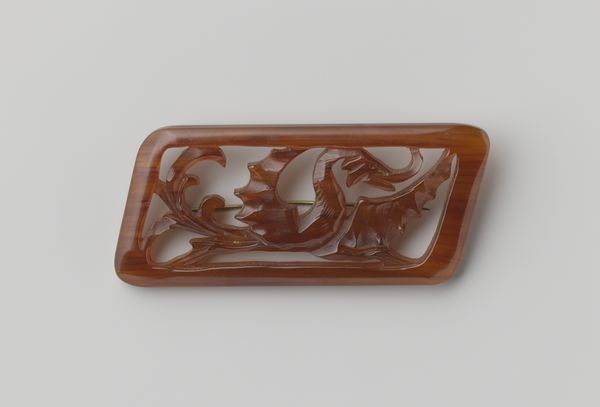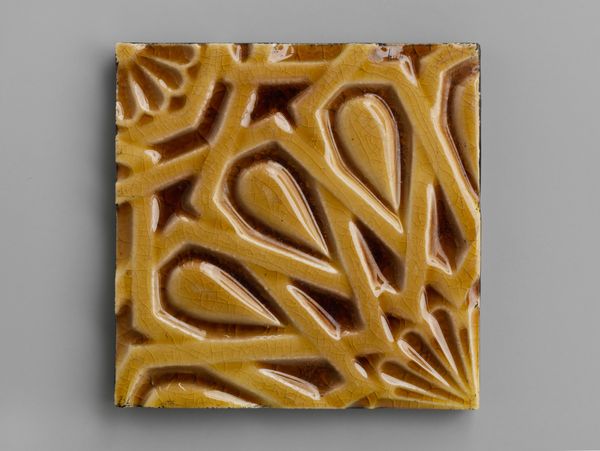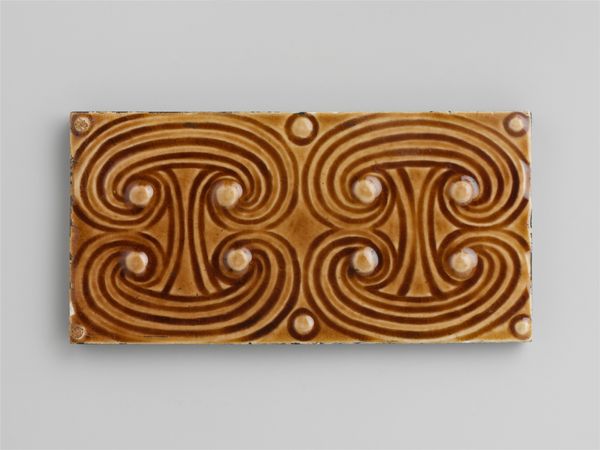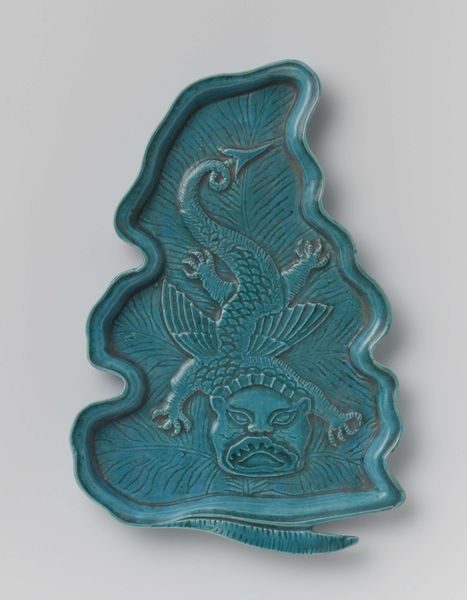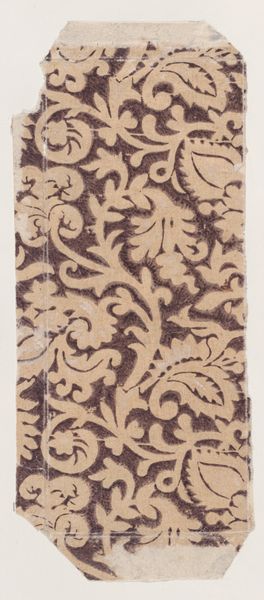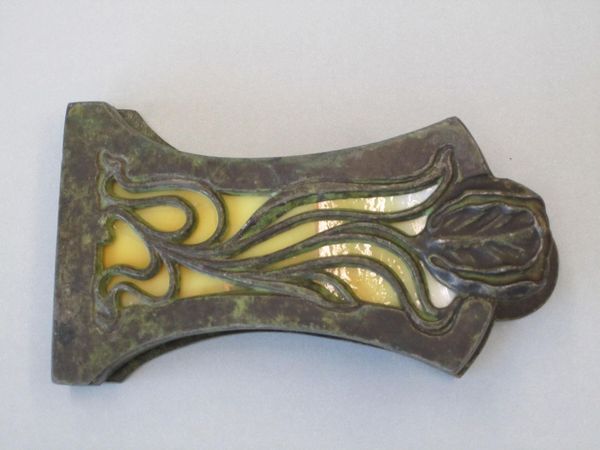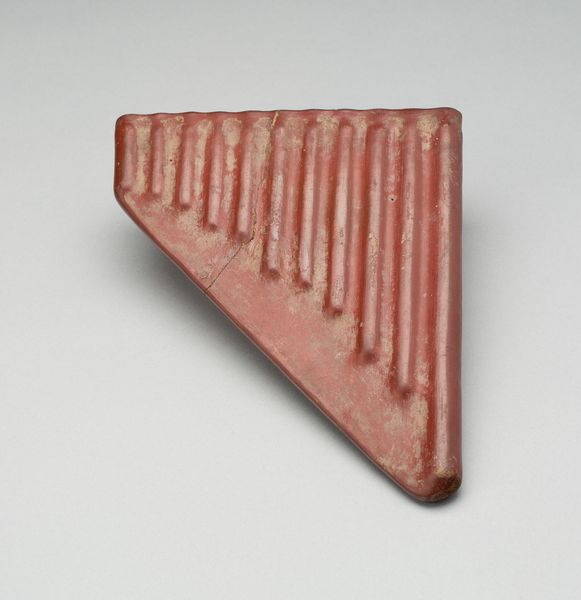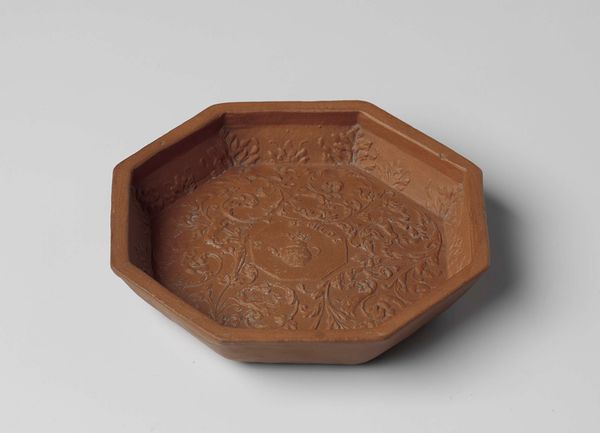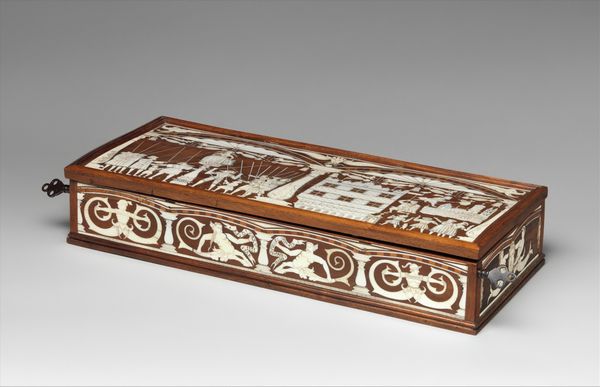
relief, ceramic
#
art-nouveau
#
decorative element
#
relief
#
ceramic
#
form
#
stoneware
#
geometric
#
decorative-art
Dimensions: 4 1/4 x 4 1/4 in. (10.8 x 10.8 cm)
Copyright: Public Domain
Curator: This is a tile created between 1879 and 1884 by J. and J. G. Low Art Tile Works, currently housed at the Metropolitan Museum of Art. It's rendered in ceramic, featuring a relief design. Editor: It's lovely. I notice how the glossy glaze emphasizes the intricate raised pattern. What strikes you when you look at this piece? Curator: Well, let's consider the context of its production. This was during the height of the American art tile movement, a time when industrial processes were being applied to the creation of decorative arts. It moves beyond being a mere "decorative element," to become something much larger. Editor: I see. It makes me think about mass production versus individual craftsmanship. Was this intended for mass consumption or a luxury market? Curator: Precisely. The Low Art Tile Works, as its name suggests, aimed to bridge that divide. They utilized innovative techniques to create tiles that were both affordable and artistically appealing. We can see here, though, that this has details that might elevate this piece away from common decorative use. Do you see anything that signals that? Editor: The Art Nouveau styling seems fairly complex and would be hard to produce...It must have taken skill and labor, even within a factory setting? Curator: Exactly. And the glossy glaze also had a high artistic component that demanded skill. Think about the factory workers, the materials they handled, the energy expended to fire these tiles – it's a glimpse into the industrial processes that shaped everyday aesthetics of that era. We must not abstract art away from its status as an artifact of cultural manufacture. Editor: It definitely shifts my perception. I was initially just admiring the pretty design. Now, I'm considering the entire production process. Curator: Exactly. That's the beauty of approaching art from a materialist perspective. It forces us to consider the complex interplay of labor, technology, and aesthetics in shaping the objects we consume and admire. Editor: Thanks. I'll certainly look at ceramics differently now.
Comments
No comments
Be the first to comment and join the conversation on the ultimate creative platform.
